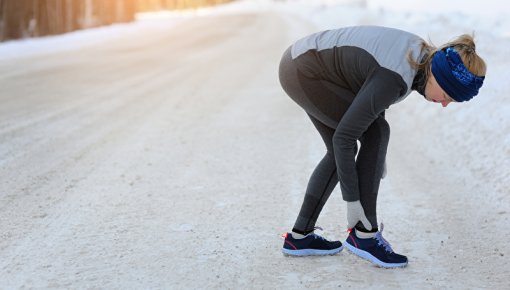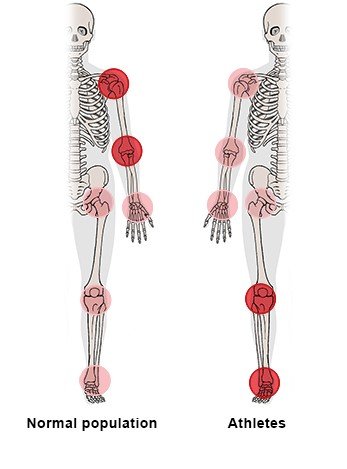Baltes TP, Zwiers R, Wiegerinck JI et al. Surgical treatment for midportion Achilles tendinopathy: a systematic review. Knee Surg Sports Traumatol Arthrosc 2017; 25(6): 1817-1838.
Dan M, Phillips A, Johnston RV et al. Surgery for patellar tendinopathy (jumper's knee). Cochrane Database Syst Rev 2019; (9): CD013034.
Everhart JS, Cole D, Sojka JH et al. Treatment Options for Patellar Tendinopathy: A Systematic Review. Arthroscopy 2017; 33(4): 861-872.
Habets B, van Cingel RE. Eccentric exercise training in chronic mid-portion Achilles tendinopathy: a systematic review on different protocols. Scand J Med Sci Sports 2015; 25(1): 3-15.
Kearney RS, Parsons N, Metcalfe D et al. Injection therapies for Achilles tendinopathy. Cochrane Database Syst Rev 2015; (5): CD010960.
Korakakis V, Whiteley R, Tzavara A et al. The effectiveness of extracorporeal shockwave therapy in common lower limb conditions: a systematic review including quantification of patient-rated pain reduction. Br J Sports Med 2018; 52(6): 387-407.
Loew LM, Brosseau L, Tugwell P et al. Deep transverse friction massage for treating lateral elbow or lateral knee tendinitis. Cochrane Database Syst Rev 2014; (11): CD003528.
Mani-Babu S, Morrissey D, Waugh C et al. The effectiveness of extracorporeal shock wave therapy in lower limb tendinopathy: a systematic review. Am J Sports Med 2015; 43(3): 752-761.
Mendonça LM, Leite HR, Zwerver J et al. How strong is the evidence that conservative treatment reduces pain and improves function in individuals with patellar tendinopathy? A systematic review of randomised controlled trials including GRADE recommendations. Br J Sports Med 2020; 54(2): 87-93.
Moraes VY, Lenza M, Tamaoki MJ et al. Platelet-rich therapies for musculoskeletal soft tissue injuries. Cochrane Database Syst Rev 2014; (4): CD010071.
National Institute for Health and Care Excellence (NICE). Extracorporeal shockwave therapy for Achilles tendinopathy. (NICE Interventional procedures guidance; No. 571). 2016.
Niethard FU, Pfeil J, Biberthaler P. Duale Reihe Orthopädie und Unfallchirurgie. Stuttgart: Thieme; 2014.
Paoloni J. Tendon injuries - practice tips for GPs. Aust Fam Physician 2013; 42(4): 176-180.
Pschyrembel Online. 2021.
Scott LA, Munteanu SE, Menz HB. Effectiveness of orthotic devices in the treatment of Achilles tendinopathy: a systematic review. Sports Med 2015; 45(1): 95-110.
Wilson F, Walshe M, O'Dwyer T et al. Exercise, orthoses and splinting for treating Achilles tendinopathy: a systematic review with meta-analysis. Br J Sports Med 2018; 52(24): 1564-1574.
IQWiG health information is written with the aim of helping people understand the advantages and disadvantages of the main treatment options and health care services.
Because IQWiG is a German institute, some of the information provided here is specific to the German health care system. The suitability of any of the described options in an individual case can be determined by talking to a doctor. informedhealth.org can provide support for talks with doctors and other medical professionals, but cannot replace them. We do not offer individual consultations.
Our information is based on the results of good-quality studies. It is written by a team of health care professionals, scientists and editors, and reviewed by external experts. You can find a detailed description of how our health information is produced and updated in our methods.


